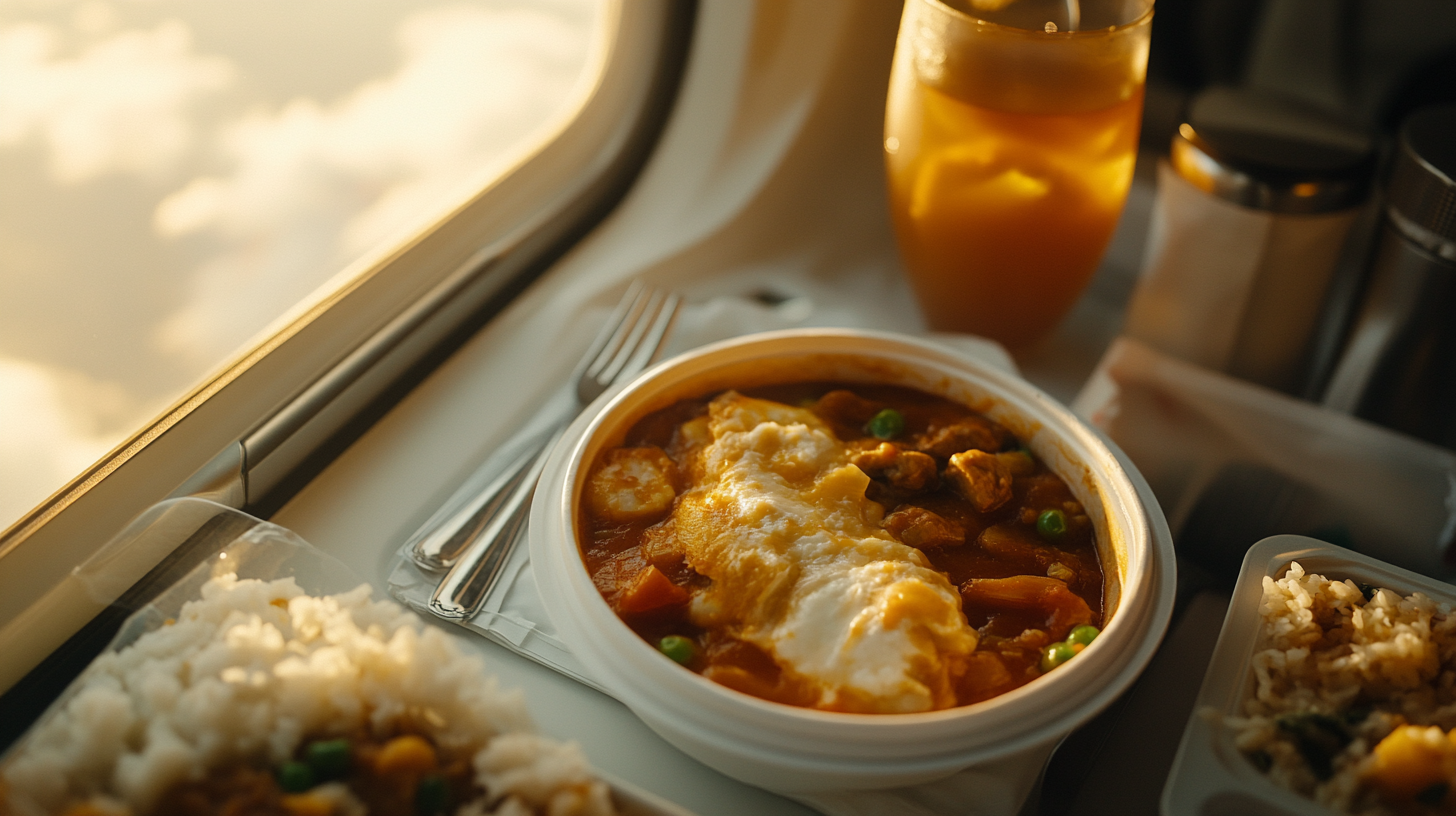Mastering Meal Allowances for Frequent Flyers

I’ve been fascinated by how travelers juggle receipts for every meal, whether it’s a quick snack at an airport newsstand or a multicourse dinner at a hotel restaurant. In my own experience, collecting piles of receipts can be confusing, not to mention a hassle when you’re trying to focus on the business at hand. Thankfully, meal allowance policies—often referred to as per diem—exist to tame these travel expense headaches by providing a streamlined daily rate.
1. Understanding Per Diem Meal Allowances

Per diem meal allowances are essentially a set amount that covers daily meal expenses without requiring travelers to keep every coffee shop or restaurant receipt. I’ve noticed this approach particularly benefits those who hop between multiple cities in a short time frame. Instead of piecing together various meal costs, they can rely on a fixed sum pegged to specific locations and time spans.
Over the years, agencies like the GSA (General Services Administration) and the State Department have fine-tuned these rates to reflect the living costs of different regions. According to industry data, high-cost areas—think major metropolitan hubs—command a higher daily allowance than smaller towns where expenses are lower. From what I’ve observed, clear documentation of the trip’s business purpose remains key to ensuring these per diem payments stay tax-exempt under IRS rules.
For partial travel days, companies usually reduce or prorate the rate so employees aren’t overcompensated. This is especially important for those quick one-day trips where you’re only gone for part of the day. Taking a moment to note exact travel times and locations helps avoid any confusion if an audit ever comes around.
2. The IRS 2024-2025 Per Diem Rates

Starting from October 1, 2024, the IRS introduced updated rates that often split allowances between high-cost and low-cost localities. I’ve found this particularly valuable for businesses that send employees to a variety of destinations. A recent study suggests that compliance with these refined rates reduces the likelihood of red flags with tax authorities, as it follows a standardized framework recognized nationwide.
Still, even streamlined approaches can get complicated if travelers don’t document their itineraries accurately. Using a digital travel diary or an expense management platform helps ensure you’re applying the correct per diem rate for each locale. Consulting a tax advisor or employer resource is always wise—there’s no point in skimping on good advice and risking a surprise tax bill later. In my own travels, clarity and thorough records have always provided a small but powerful measure of peace of mind.
Beyond daily rate structures, the IRS keeps a close eye on how businesses and individuals report expenses. If there’s any suspicion of misuse, the penalties can be steep. I’ve witnessed companies having to retrace old expenses due to poor recordkeeping. Trust me, it’s a time-consuming process nobody enjoys.
3. Navigating the 50% Deduction Rule

The current 50% deduction rule for business meals applies to expenses that are ordinary, necessary, and tied to an overnight stay or rest requirement. This scaled-back deduction might be a major change for those who grew accustomed to the temporary 100% write-off for certain meal expenses in years past. During my own budget planning, it’s made a difference, urging me to weigh the cost of each meal or client lunch more carefully—particularly when traveling frequently.
Other forms of business travel—such as airfare and lodging—can also be deductible within specific IRS guidelines. However, be mindful that personal costs rarely qualify, and unreimbursed employee expenses are off the tax deduction table through at least 2025. Keeping that timeline in mind saves frustration when scouring your records for elusive write-offs.
I’ve seen employees try to lump in extra charges like personal entertainment under meal expenses, which never ends well if discovered. Transparency is the name of the game, and understanding exactly which costs are deductible is a powerful tool for staying compliant and maximizing savings.
4. Policy Essentials and Documentation

I’ve always believed that a clear, well-documented policy is the backbone of any successful expense reimbursement program. A robust meal allowance policy explains eligibility criteria—such as overnight stays—and maps out how to handle exceptions, like unexpected flight delays or canceled meetings. Detailing exclusions for items like alcohol or off-hours snacks can help avoid confusion and ensure employees know what’s covered.
Timely reporting is crucial to prevent admin gridlock. I’ve observed teams that wait until the last minute to submit expenses, which leads to frantic searches for misplaced receipts. Establishing a system that requires prompt filing right after the trip not only helps in maintaining accurate records but also aids in detecting any patterns of misuse early on.
Companies should keep thorough documentation of each trip, including dates, locations, and a clear statement of its business purpose. According to a recent industry survey, organizations with well-structured travel policies reduce overall expense discrepancies by nearly 30%. Being upfront about your own itinerary and carefully cataloging your travel data might take a bit of extra time, but the payoff often comes in the form of fewer headaches down the road.
5. Top Picks for Hassle-Free Meal Management

In my experience, employers now lean toward modern tools and technology to simplify meal reimbursements. Prepaid cards, corporate credit cards, and secure virtual wallets allow employees to track spending in real-time. Many apps can even integrate with official GSA or IRS per diem tables to automatically apply the right daily rate.
Setting transparent limits helps foster goodwill on both sides. Employees appreciate not having to guess which costs are approved, and companies benefit from more predictable expense reports. For instance, I once worked with a team that defined meal allowances down to the average cost of a coffee run. It might sound restrictive, but it removed the guesswork and made expense reimbursements smoother.
Ultimately, relying on reputable .gov sources—alongside your own company’s policies—can ensure you’re always referencing the latest figures. Whether it’s a state-of-the-art flight simulator meal plan (yes, they do exist!) or a simple cafeteria lunch, having clear guidelines sets the stage for a peaceful and productive work trip.
Final Thoughts

Meal allowances can transform the travel experience from a receipt-chasing frenzy into a manageable, and even enjoyable, process. Embracing a well-researched per diem policy means less stress for travelers and fewer administrative hurdles for businesses. Above all, clarity in documentation and thoughtful planning can make all the difference.
As I look at the big picture of business travel, the best approach balances real-world flexibility with structured policies. Working within IRS rules doesn’t have to be restrictive; in fact, it can help us all be more strategic about managing every trip, meal by meal.
Amelia Yeaher’s Take
From my perspective, a well-rounded meal allowance policy elevates the entire travel experience. It supports fairness, consistency, and accountability. In a near-future filled with AI-driven bookings and immersive travel planning tools, having foundational policies in place feels more essential than ever.
I see smart expense management as one of the cornerstones of smooth travel. Tapping into reliable data and turning it into practical guidelines is how we’ll continue to push the boundaries of efficiency and perhaps even enjoy our inflight meals that much more.






